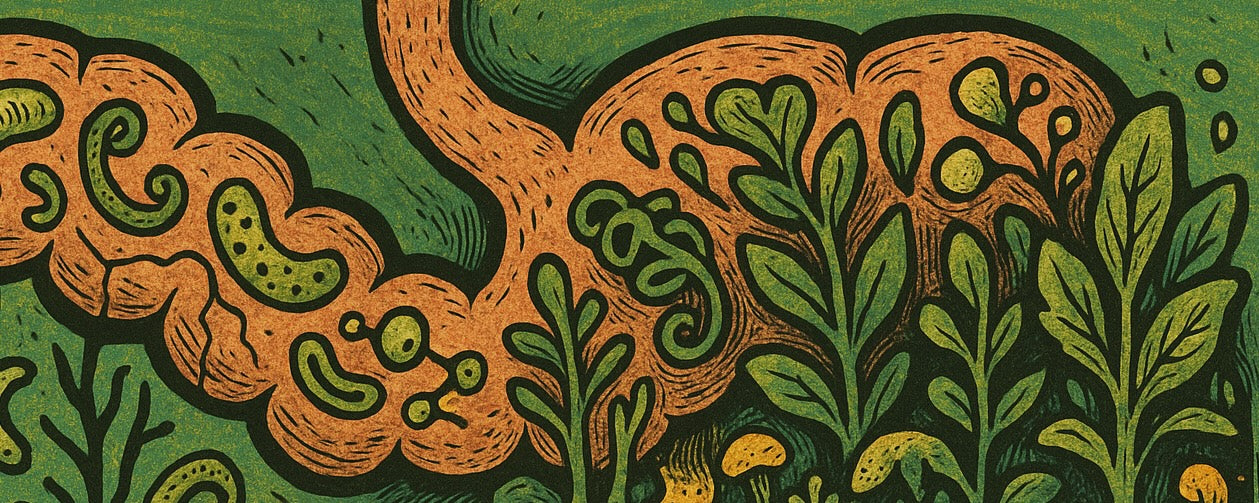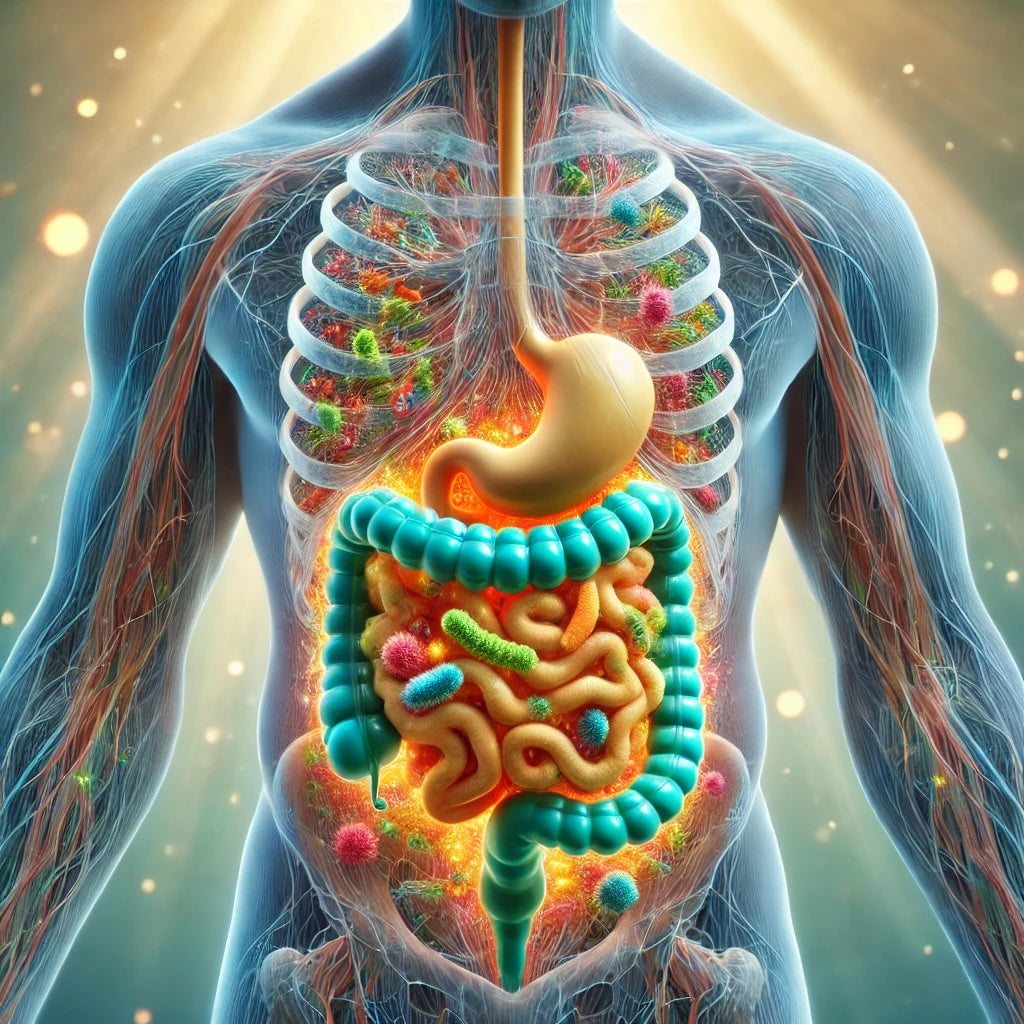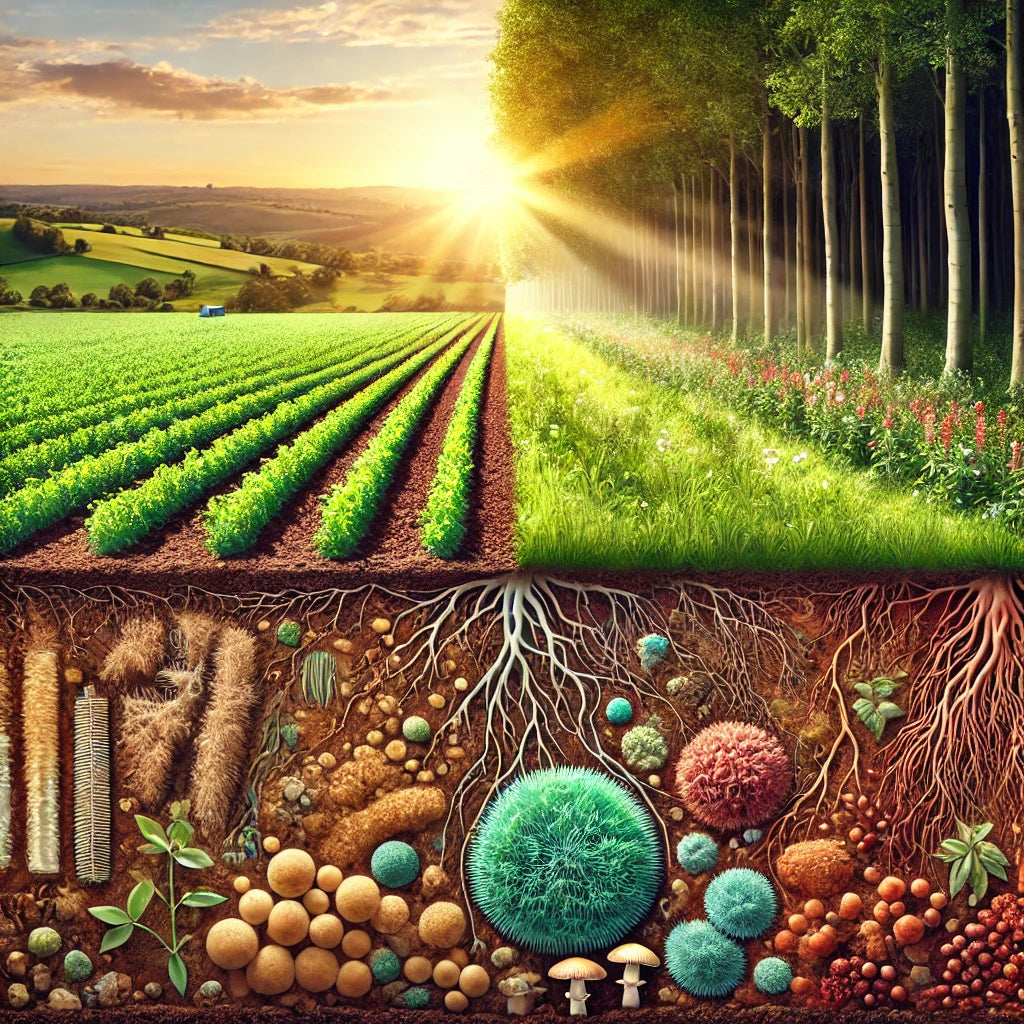Read
Learn about the Microbiome and Metabolites
What’s in ThaenaBiotic®? The power of healthy poop
It might sound wild, but sterilized poop from extraordinarily healthy people might just be the microbial boost your gut didn’t know it needed.
View PostHow Pets Help to Nourish your Microbiome + Health
Pet lovers unite! Do you have an extra lint-roller to get the animal hair off your black pants? Got a ball or two wedged under the couch? Is your cat perched atop your warm computer? Congratulations! You are on your way to a healthy microbiome.
View PostHow a Diverse Microbiome can Help you Live Longer + Healthier
Every living thing ages, grows old, and dies. And yet, as humans, we resist aging. The anti-aging industry is growing at record rates, and some estimates suggest that the US anti-aging industry will be worth $88 billion by 2025. In other words, we spend a lot of money for the dream of being forever young.
View PostTherapeutic Microbes: Prebiotics, Probiotics, + Postbiotics
The popularity of probiotics has led to a whole new class of microbiome-related supplements including therapeutic microbes, the nutrients that feed them, and the metabolites they produce.
View PostWhy Diversity is the Key to a Happy + Healthy Microbiome
The importance of including plant-based fiber and carbohydrates in a healthy diet for vitamins and minerals is not a new concept. However, new studies suggest that dietary intake of plant foods can have significant benefits to your gut microbiome.
View PostPostbiotics: The Future of Microbiome Health?
Simply put, metabolites are the products made when the body breaks down food, chemicals, or its own tissues. Bacterial-derived metabolites are the postbiotic molecules that result from the fermentation of dietary fibers and resistant starches; eating plenty of these foods will ensure the production of the metabolites necessary for good health.
View PostAn Introduction to the Human Microbiome
The Microbiome - “micro” meaning small and “biome” meaning living - is the name used to describe all of the microbes that live in our gut, on our skin, in our mouth, and all over our body. The term “microbiome” encompasses the diversity of microbes with bacteria vastly outnumbering all the other microbes in our microbiome including viruses, yeast, fungi, and protozoans.
View Post




































